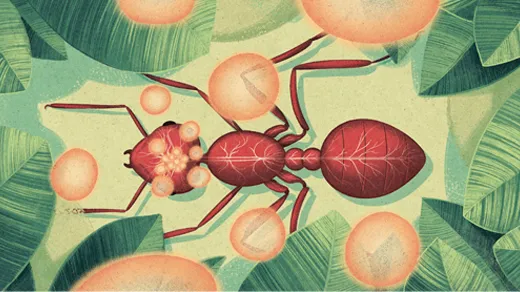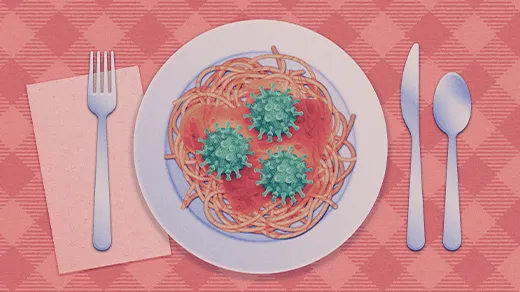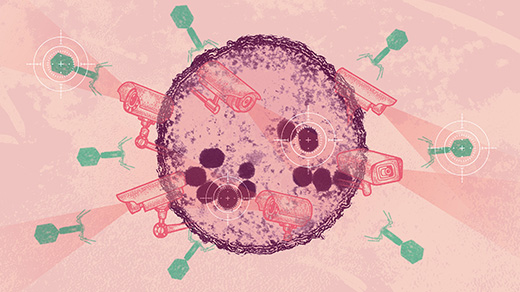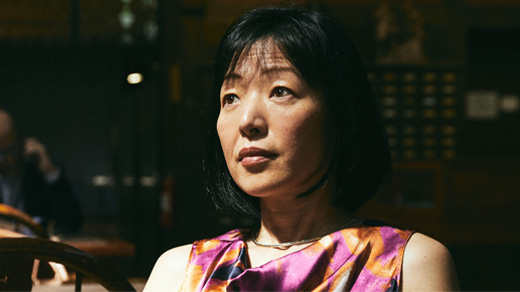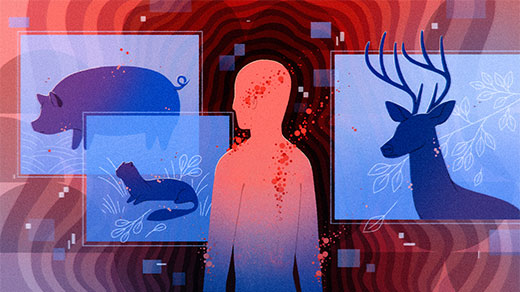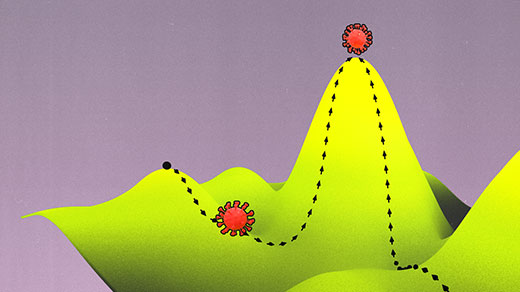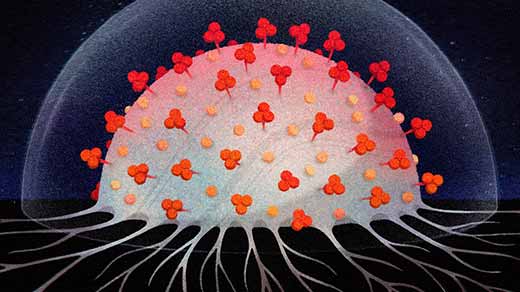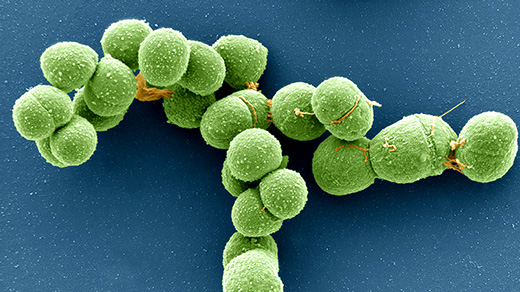What's up in
Viruses
Latest Articles
Can Our Brains Be Taken Over?
Several real-life pathogens can change a host’s behavior against their will. Here’s what we know about these zombie-like infections.
With Nothing to Eat Except Viruses, Some Microbes Thrive
“Virovores” — organisms that survive and multiply by eating viruses — might influence the flow of energy through ecosystems.
What We Know About Monkeypox
Even though we’ve learned a lot about this relative of smallpox, some mysteries remain due to a lack of political will.
Bacteria’s Immune Sensors Reveal a Novel Way to Detect Viruses
A new study reveals that bacteria can fight viruses in a surprisingly elegant way that has no known counterpart in more complex life.
An Immunologist Fights Covid with Tweets and a Nasal Spray
Akiko Iwasaki, an immunologist who became a lifeline for the worried and the curious during the pandemic, thinks that nasal spray vaccines could be the next needed breakthrough in our fight against the coronavirus.
What Happens When We Give Animals Our Diseases?
While it’s understandable to focus on the diseases affecting humans, it’s important to study how our illnesses may affect animals.
Evolution ‘Landscapes’ Predict What’s Next for COVID Virus
Studies that map the adaptive value of viral mutations hint at how the COVID-19 pandemic might progress next.
Will We Ever Get Rid of COVID-19?
No matter how much we’d like to eradicate SARS-CoV-2, it may be better to settle for other forms of control.
Plasmid, Virus or Other? DNA ‘Borgs’ Blur Boundaries.
Scientists have reported large DNA structures in some archaea that defy easy categorization.
